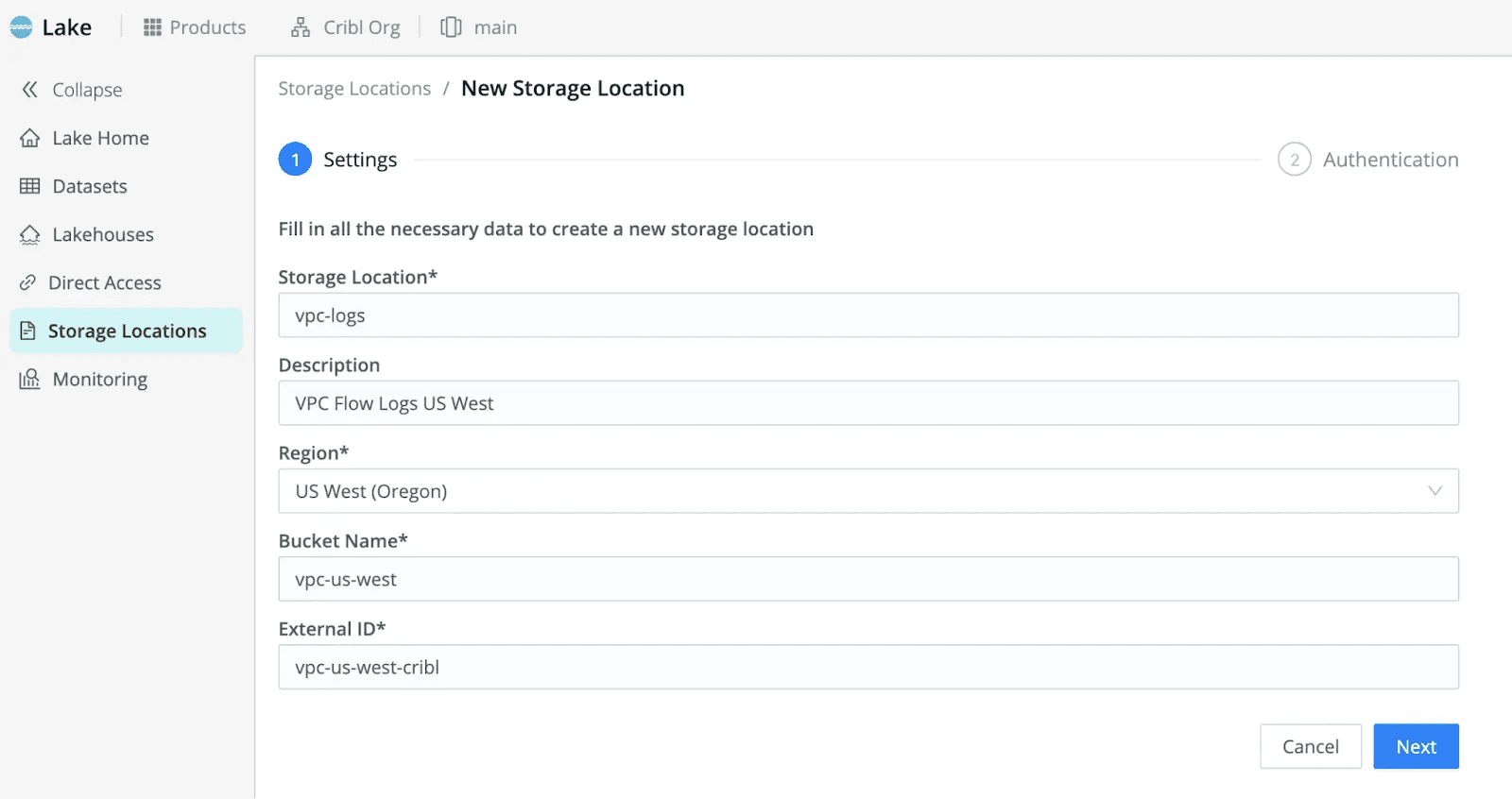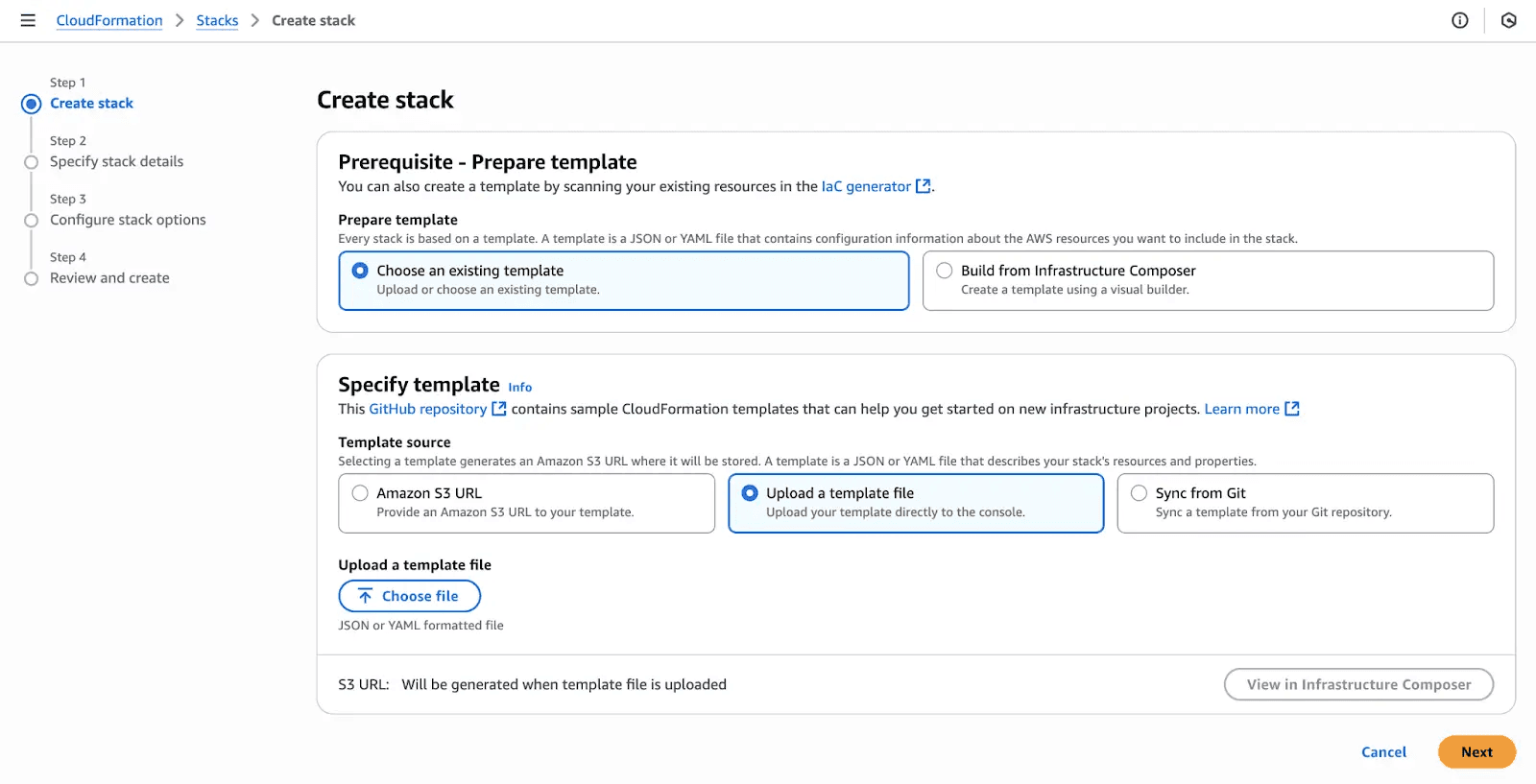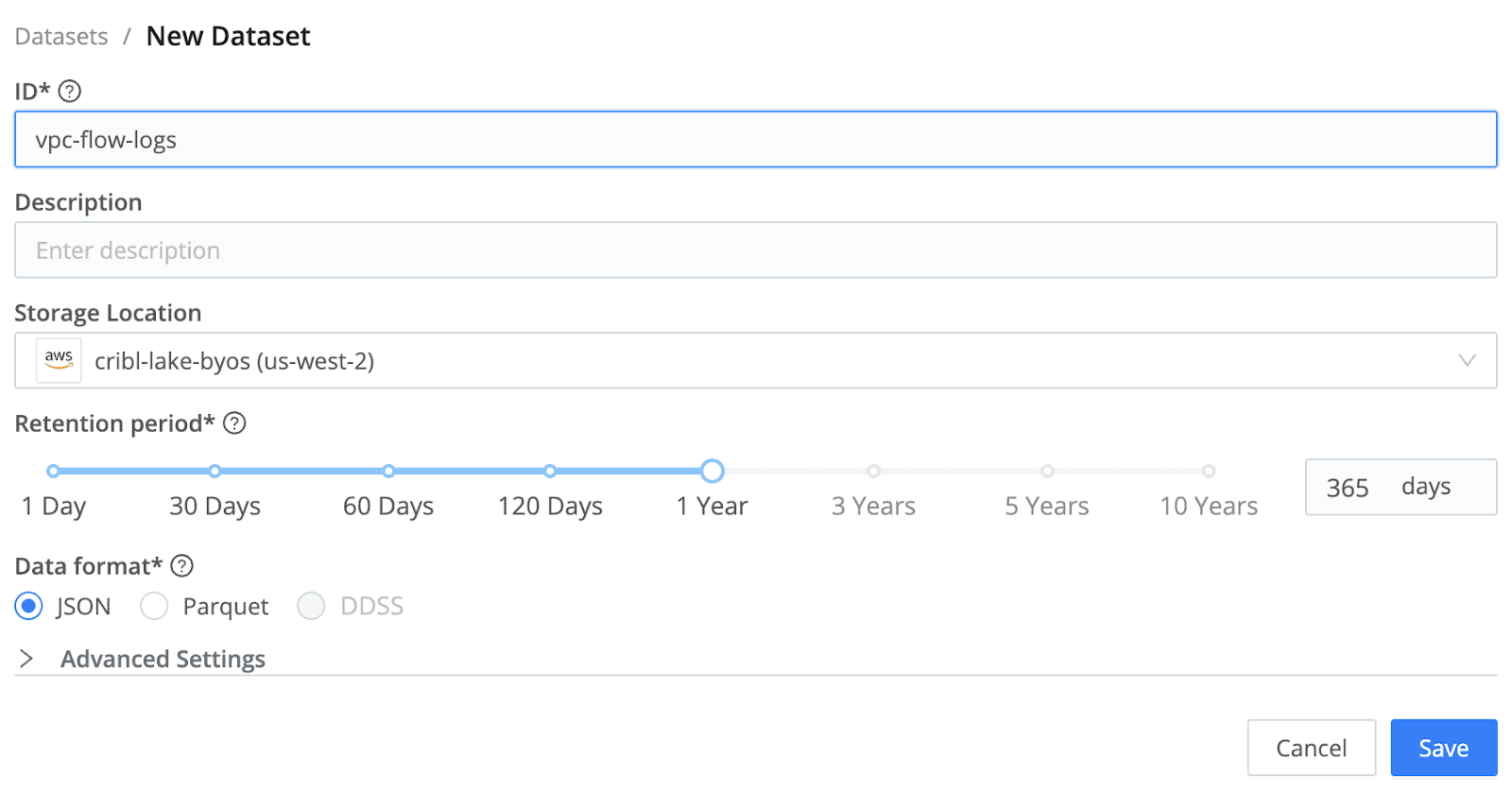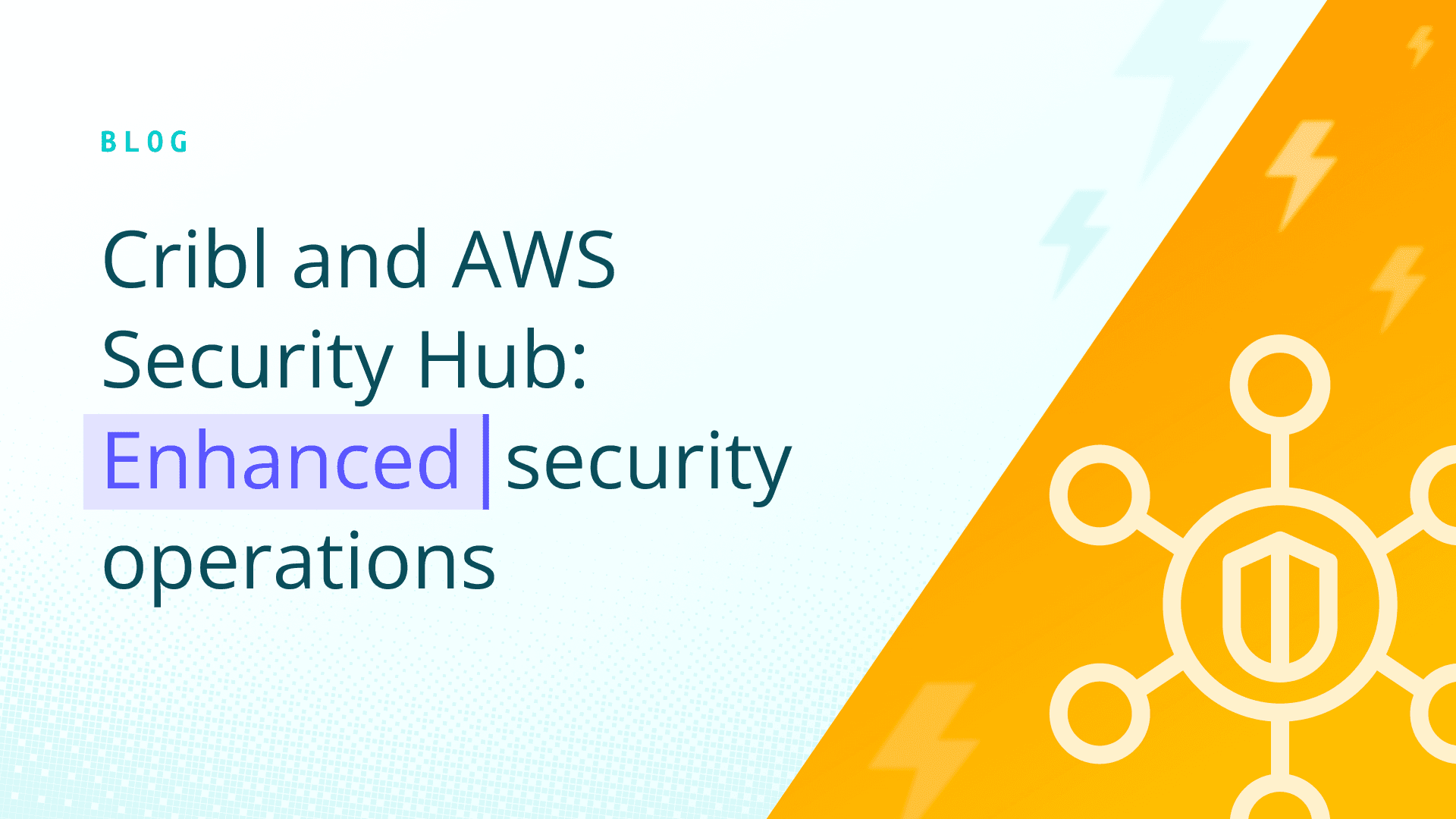If you've been following Cribl for a while, you know we're all about giving IT and security teams complete control over their data. For this blog post, I want to dive deep into one of our latest updates to Cribl Lake — the ability to Bring Your Own Storage (BYOS) using Amazon S3 — and why it will change how you think about data ownership, flexibility, and compliance.
With Bring Your Own Storage (Amazon S3) now available in Cribl Lake, you can connect your own S3 buckets within your AWS account directly to Cribl Lake’s management plane, enabling the deep turnkey integration with Stream and Search, just like our fully-managed data lake. That means you keep full ownership, access control, and compliance while gaining Cribl’s powerful replay, search, and management capabilities.
Wrestling with Control
Here's the challenge I keep hearing from customers: they need to retain massive volumes of telemetry data for compliance, analysis, and investigations, but they're stuck between two equally frustrating options. Either they lock data away in their own object storage, where it's secure but inaccessible to the teams that need it, or they move it into a vendor's managed solution, where it's queryable but they've lost direct control. Plus, do you really want to give other business teams access to your SIEM if they need to query the same data?
Industries such as financial services, healthcare, and government agencies face particularly strict requirements. Data must remain in environments they directly own and manage. But locking that data away defeats the purpose — your IT and security teams can't unlock the insights they need. And as organizations expand into multicloud and hybrid environments, the need for a unified view becomes even more critical.
That's exactly why we built BYOS for Cribl Lake.
What Cribl Lake BYOS Actually Means for You
When you Bring Your Own Storage to Cribl Lake, you get the best of both worlds: data stays in your S3 buckets, using your policies, your encryption keys, in your AWS accounts, in the regions you need. Meanwhile, Cribl Lake gives you turnkey integration with Stream, Search, and Edge, a centralized view of all your data assets across all your S3 buckets, and powerful replay and analytics capabilities that make that data immediately useful – without having to move your data across tools.
Think of it this way:
Cribl-Managed Lake = fastest time to value, zero infrastructure overhead
BYOS = maximum control, compliance assurance, and architectural flexibility
You're not choosing between convenience and control anymore. You get both. Keep data with stricter controls and requirements in S3, and non-regulated data in Cribl Lake.
Step-by-Step: Setting up BYOS
Getting started with BYOS takes minutes, not days:
1. Add a Storage Location in Cribl Lake

2. Download our CloudFormation template — we provide one that creates the S3 bucket with proper policies, or configure manually if you prefer

3. Apply the template or create your S3 bucket and policies in your AWS account
4. Create Datasets in Cribl Lake that map to your BYOS location

5. Start ingesting with Cribl Stream or Edge, search with Cribl Search, and replay data anytime with Stream
That's it. You've got a fully functional data lake with your storage, our management layer, and immediate search and replay capabilities.
Our CloudFormation template simplifies the process by creating all required IAM policies and cross-account access roles. You grant Cribl Lake read/write permissions to your bucket, scoped appropriately. We've designed it to follow AWS security best practices — minimum-privileges, and strong server-side encryption standards.
Why Cribl Lake BYOS Matters: The Bigger Picture
The industry has spent decades pushing organizations toward centralized platforms. "Bring all your data into our system," they say. "We'll handle everything." And for a while, that worked — when data volumes were manageable and budgets were growing.
But we're past that point. Data volumes are exploding. Budgets aren't keeping pace. And organizations are realizing that centralizing everything into expensive proprietary platforms creates massive risk — vendor lock-in, cost overruns, and loss of control.
BYOS represents a different philosophy: data decentralization with centralized management. Your data stays distributed across the storage locations that make sense for your business — whether that's for cost, compliance, performance, or architectural reasons. But you get centralized visibility, governance, and access through Cribl.
It's the data lake architecture done right. The flexibility and cost efficiency of data lakes, combined with the governance and analytics capabilities of data warehouses, without the vendor lock-in of either.
Pricing Details and How to Get Started
Cribl Lake BYOS is available now for Amazon S3, with Azure and Google Cloud support coming soon. If you're already using Cribl Lake, adding BYOS locations is straightforward. Pricing for BYOS is 0.02 credits / GB (2 cents!) — this is a management fee based on storage usage. BYOS with Cribl Lake helps manage partitioning, to ensure consistency, performs retention management, and takes care of security. So you can use a friendlier RBAC model with IDP/SSO integration into Cribl.Cloud.
If you're new to Cribl, I'd encourage you to start with a free Cribl.Cloud account and explore what's possible.
The future of data management isn't about choosing between control and capability. It's about having both. That's what BYOS delivers.
Bring your own storage. Stay compliant. Stay in control.






